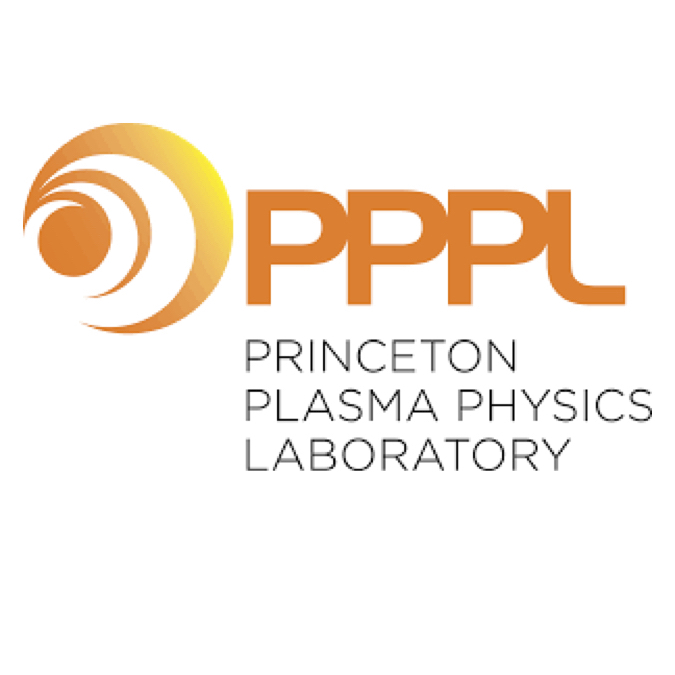Unveiling the Significance of Correlations in K-Space and Configuration Space for Drift Wave Turbulence in Tokamaks
J. Weiland, T. Rafiq, E. Schuster
Plasma 2023, 6, 459–465
|
Abstract
|

|
Turbulence and transport phenomena play a crucial role in the confinement and stability of
tokamak plasmas. Turbulent fluctuations in certain physical quantities, such as density or temperature
fluctuations, can have a wide range of spatial scales, and understanding their correlation length is
important for predicting and controlling the behavior of the plasma. The correlation length in the
radial direction is identified as the critical length in real space. The dynamics in real space are of
significant interest because transport in configuration space is primarily focused on them. When
investigating transport caused by the ExB drift, the correlation length in real space represents the
size of ExB whirls. It was numerically discovered that in drift wave turbulence, this length is
inversely proportional to the normalized mode number of the fastest growing mode relative to the
drift frequency. Considerable time was required before a proper analytical derivation of this condition
was accomplished. Therefore, a connection has been established between phenomena occurring
in real space and those occurring in k-space. Although accompanied by a turbulent spectrum in
k-space with a substantial width, transport in real space is uniquely determined by the correlation
length, allowing for accurate transport calculations through the dynamics of a single mode. Naturally,
the dynamics are subject to nonlinear effects, with resonance broadening in frequency being the
most significant nonlinear effect. Thus, mode number space is once again involved. Resonance
broadening leads to the detuning of waves from particles, permitting a fluid treatment. It should be
emphasized that the consideration here involves the total electric field, including the induction part,
which becomes particularly important at higher beta plasmas.








